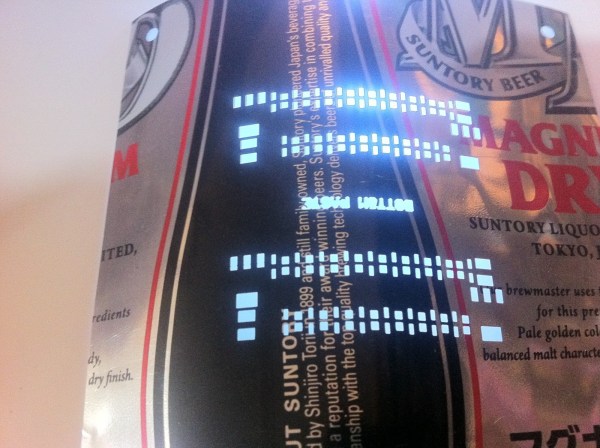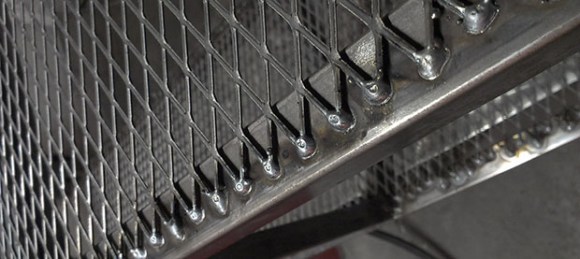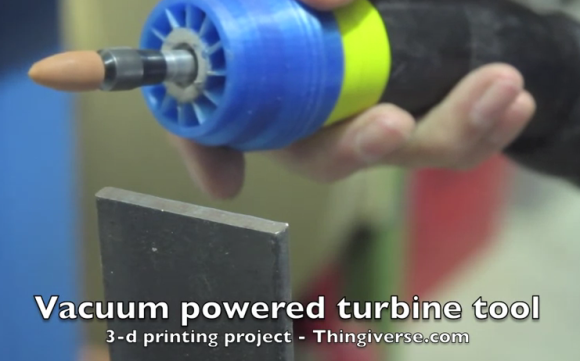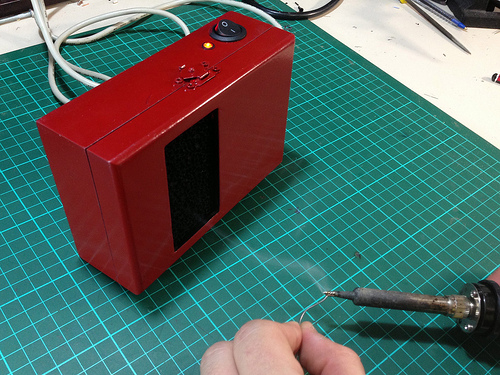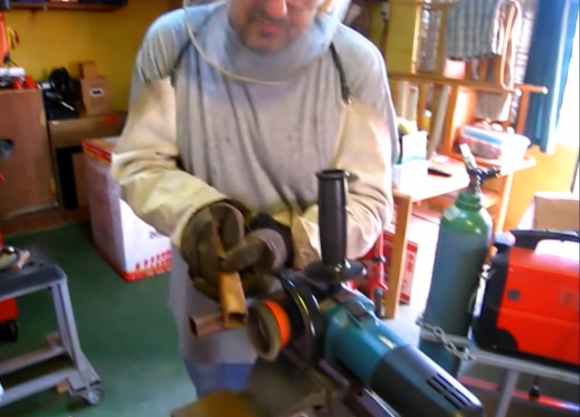
[Saeid Momtahan] made a couple of attachments that let him use his angle grinder as a bench grinder. It may be better to refer to it as a bench motor, as he uses both a grinding wheel and a wire brush while showing off his project.
The attachments come in two parts. The first is a piece of square tube that runs parallel to the body of the grinder on the side opposite the handle. This doubles as a larger gripping area when using it as an angle grinder, as well as giving him something to clamp in his bench vise. The second attachment serves as a rest for the work piece. Above you can see him brushing some rusty stock clean with the wire attachment.
It’s nice to have the option of doubling up a tool’s tasks rather than buying yet another item that may not get used all that much. We also love the idea of building your own tools. If you don’t have a welding rig to fabricate these add-ons here’s a li-ion battery based system to get you thinking.
Continue reading “Using An Angle Grinder As A Bench Grinder”

